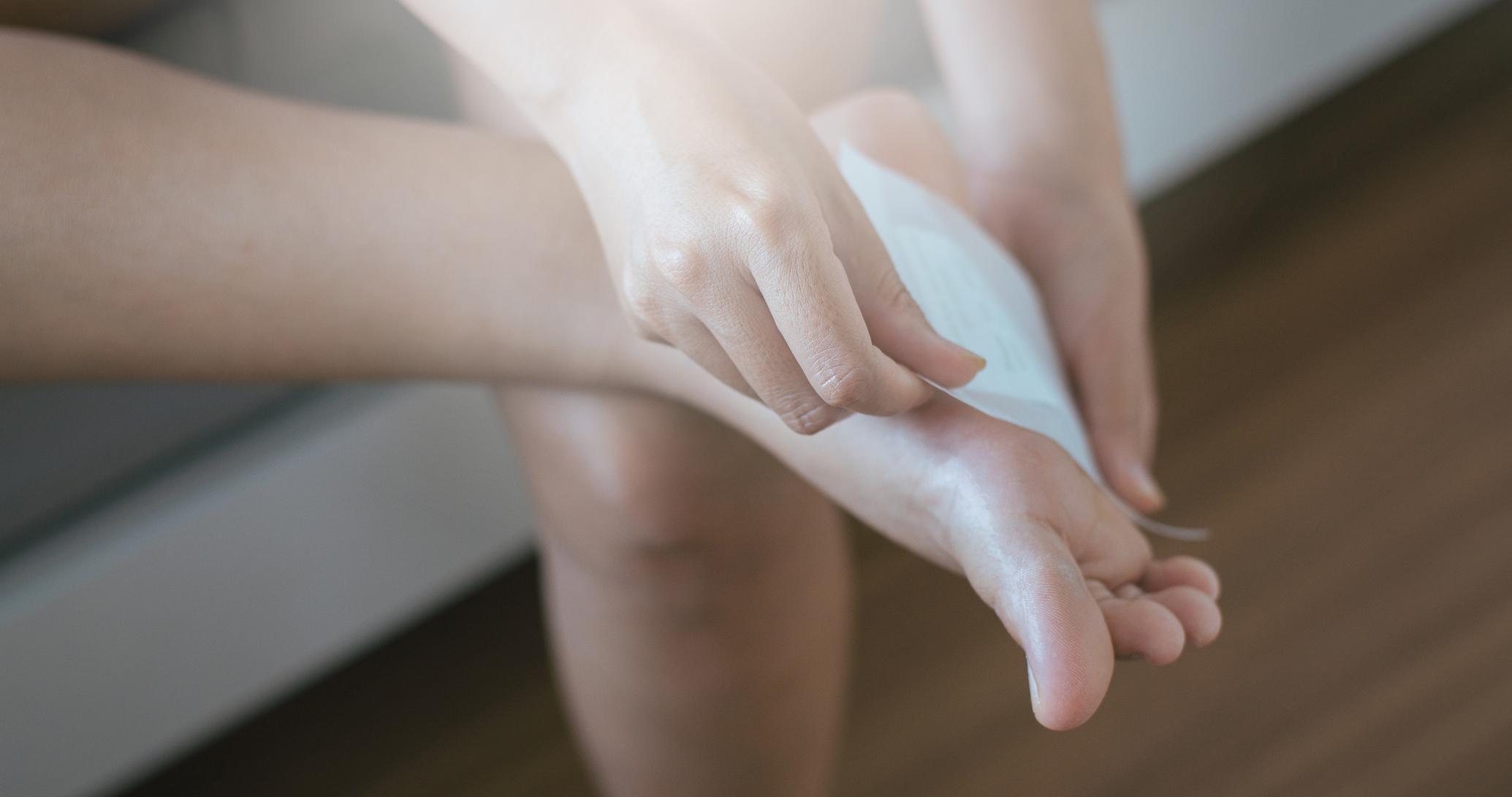Symptoms Of Leprosy
Leprosy is a disease known since at least Biblical times, when it was thought to be a disease of the unclean. Individuals with this condition were shunned and often forced to live in leper colonies among others with the same disease. There is a saying even sometimes used in modern times, 'to be treated like a leper,' which means to treat someone like a pariah or social outcast. Today, we know leprosy, also called Hansen's disease, is caused by a particular bacteria: Mycobacterium leprae. Leprosy is spread by close contact with infected individuals over a long period and cannot be casually transmitted. Armadillos in the southern part of the United States sometimes carry the mycobacteria, but infection from this source is unlikely. Reveal the leprosy symptoms to be on the watch for now.
Numbness And Feelings Of Pins & Needles

Leprosy tends to affect the cooler areas of the body first, including the skin, fingers, and toes. Patches of discolored skin may appear, and these may be numb to the touch. Leprosy causes nerve damage, which can manifest itself as numbness, intermittent pain, shooting pain, and a feeling of numbness along with tingling sensations. The latter sensation is also called pins and needles, though the clinical term is paresthesia. This is the same sensation someone may feel after sitting on a body part for too long, such as when tucking a leg underneath the buttocks. This pressure can interrupt the normal functioning of the nerve, and when it is released, normal nerve function and feeling resume. This is the sensation of pins and needles. Someone may say their leg or foot went to sleep. In leprosy, however, numbness and the pins and needles feeling are caused by mycobacterial damage to the nerves.
Reveal the next common symptom of leprosy now.
Touch And Temperature Sensations Reduced

Skin sensations are generally felt as pressure, cold, heat, and pain. In someone with leprosy, skin numbness generally appears first. A loss of temperature sensation follows this, then light touch, followed by pain and finally, deep pressure. The dermal nerves are responsible for the transmission of these sensations, and the hands and feet are the most commonly affected. Sensations of deep pressure, heat, and pain help protect the body from serious injury. Damage to the dermal nerves by the leprosy bacteria causes them to malfunction. Someone with leprosy may have touch and temperature sensations reduced to the point they can no longer detect when danger of injury is present. For example, they may incur a severe burn because they couldn't feel their hand was too close to the burner. Deranged nerve function is called neuropathy.
Keep reading to learn about one of the iconic visual symptoms of leprosy now.
Facial Disfigurement

This is the dreaded symptom of leprosy, especially centuries ago when leprosy was misunderstood, incurable, and thought to be caused by curses. Facial disfigurement may be in the form of unsightly lumps, nodules, and swelling on the facial area. The nerves controlling the eyelids may fail, causing the patient to be unable to close their eyelids, which can result in corneal damage and blindness. Eyelashes and eyebrows may fall out. The front teeth may loosen and also fall out. The bacteria attacks the nasal cartilage, which is the firm, flexible substance that gives the nose its shape. Cartilage damage from leprosy can cause the nose to become misshapen, often with a peculiar indentation in the center that causes the nose to somewhat resemble a saddle.
Continue for more on the significant symptoms of leprosy.
Skin Discoloration

Skin discoloration, in general, is common and is caused by a multitude of different factors. Someone with changes in skin color doesn't necessarily have leprosy. In fact, they probably don't, since this condition not easy to encounter or catch. In the United States and most developed countries, it's scarce. However, in someone with leprosy, skin discoloration is a common early symptom. This lost color will produce patchy areas lighter than the surrounding normally colored skin. The condition will be more pronounced in individuals with a darker skin color. These patches, or lesions, don't heal or improve. The discoloration is caused by the mycobacteria invading the skin cells, which disrupts the normal function of these cells. There may also be hair loss over the lesions. Lost color in skin from leprosy should not be confused with vitiligo, which also causes a patchy loss of skin color. However, vitiligo is an autoimmune disease completely unrelated to leprosy. In some individuals, leprosy may cause the urine, sweat, and tears to turn orange.
Uncover another symptom of leprosy by reading more now.
Ulcers And Blisters

An ulcer is a type of sore on the skin and often appears as a reddened area of skin with a depression in the middle. If left untreated, ulcers can invade the deeper skin layers, causing tissue destruction. Ulcers commonly form as a response to a reduced blood flow, which is often seen in various types of infections. In leprosy, ulcers are usually seen on the plantar areas of the feet. Neuropathy caused by the mycobacteria aggravates the constant pressure of walking. Both factors contribute to the formation of plantar ulcers. Ulcers and blisters are common in patients with leprosy. Blisters are fluid-filled sores on the skin that resemble a small bubble. Blisters can form from friction, such as from a poorly-fitting shoe, or as a response to some damage, such as from a bad sunburn. In leprosy, blisters appear on the skin due to skin cell damage caused by the mycobacteria.
